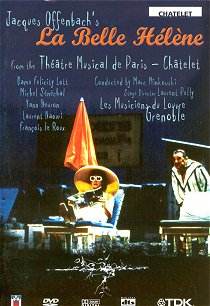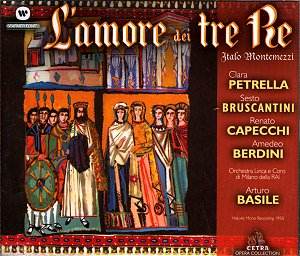 Composer: Jean Sibelius
Composer: Jean Sibelius
Works: Symphony No. 4 in A minor, Symphony No. 6 in D minor
Performers: City of Birmingham Symphony Orchestra, Sir Simon Rattle (conductor)
Recording: DDD, EMI CLASSICS CDM 7 64121 2 (1988)
Label: EMI
The music of Jean Sibelius has always occupied a unique place in the orchestral canon, characterized by its sweeping landscapes and profound introspection. The Fourth and Sixth Symphonies, often regarded as pivotal works within his oeuvre, represent two distinct facets of the composer’s artistic persona. The Fourth Symphony, completed in 1911, is marked by its starkness and complex emotional landscape, while the Sixth, composed in 1923, emerges from a period of personal clarity and compositional refinement. Together, these symphonic reflections present a fascinating journey through Sibelius’s evolving musical language.
Sir Simon Rattle’s interpretation of these symphonies, recorded in the late 1980s with the City of Birmingham Symphony Orchestra, offers both strengths and weaknesses. The Fourth Symphony, notorious for its enigmatic structure and somber character, poses significant interpretative challenges. Rattle’s approach, while showcasing the orchestra’s rich tonal palette, occasionally succumbs to moments of excessive interpretative freedom. The opening movement unfolds with a hesitant, almost tentative quality, which some may find compelling, yet at times it borders on languor. The sforzandos, notably exaggerated in Rattle’s reading, risk distorting Sibelius’s intention, leading to a lack of cohesion in the unfolding musical narrative.
The slow passages, integral to the Fourth’s introspective nature, often drag painfully, undermining the urgency that this symphony demands. Rattle’s tendency to stretch emotional climaxes can result in a sense of frustration, as the music sometimes feels as if it is being held back rather than allowed to surge forward. The finale, with its intriguing use of bells, is another point of contention. Sibelius’s score calls for actual bells, yet the common substitution of a glockenspiel seems to dilute the intended atmosphere. Rattle’s decisions in this regard lead to an unsatisfactory conclusion, where the tension dissipates rather than resolves, leaving the listener yearning for a more impactful resolution.
In contrast, Rattle’s interpretation of the Sixth Symphony reflects a greater clarity and insight. This symphony, written during a period of sobriety and creative vigor, is characterized by its crisp orchestration and thematic coherence. The strings deliver a ravishingly beautiful sound, a notable highlight of this performance. However, there are moments where Rattle’s exuberance leads to interpretative inconsistencies; sudden surges of tempo and dynamics can distract from the work’s inherent elegance. While he does capture the excitement of the score, the shifts at times evoke a sense of a vaudeville act rather than Sibelius’s profound contemplation of nature and existence.
The sound quality of this recording is commendable, with the EMI engineering team successfully capturing the orchestral timbres in all their glory. The balance between sections is often well-managed, allowing for a clear appreciation of Sibelius’s intricate orchestration. However, one cannot ignore the overarching interpretative concerns that permeate both symphonies. When placed alongside notable recordings by conductors such as Colin Davis and Alexander Gibson, Rattle’s interpretations, while engaging, do not quite reach the heights of emotional and structural clarity that these other performances offer.
Rattle’s recording of Sibelius’s Fourth and Sixth Symphonies ultimately presents a mixed bag. While it succeeds in moments of beauty and orchestral brilliance, the interpretative decisions made occasionally detract from the essential character of the works. Sibelius’s music, with its inherent complexities and emotional depth, demands a level of interpretative rigor that feels inconsistent here. As such, while this recording provides a valuable glimpse into Rattle’s approach to Sibelius, it may not fully satisfy those seeking a definitive interpretation of these symphonic masterpieces.



